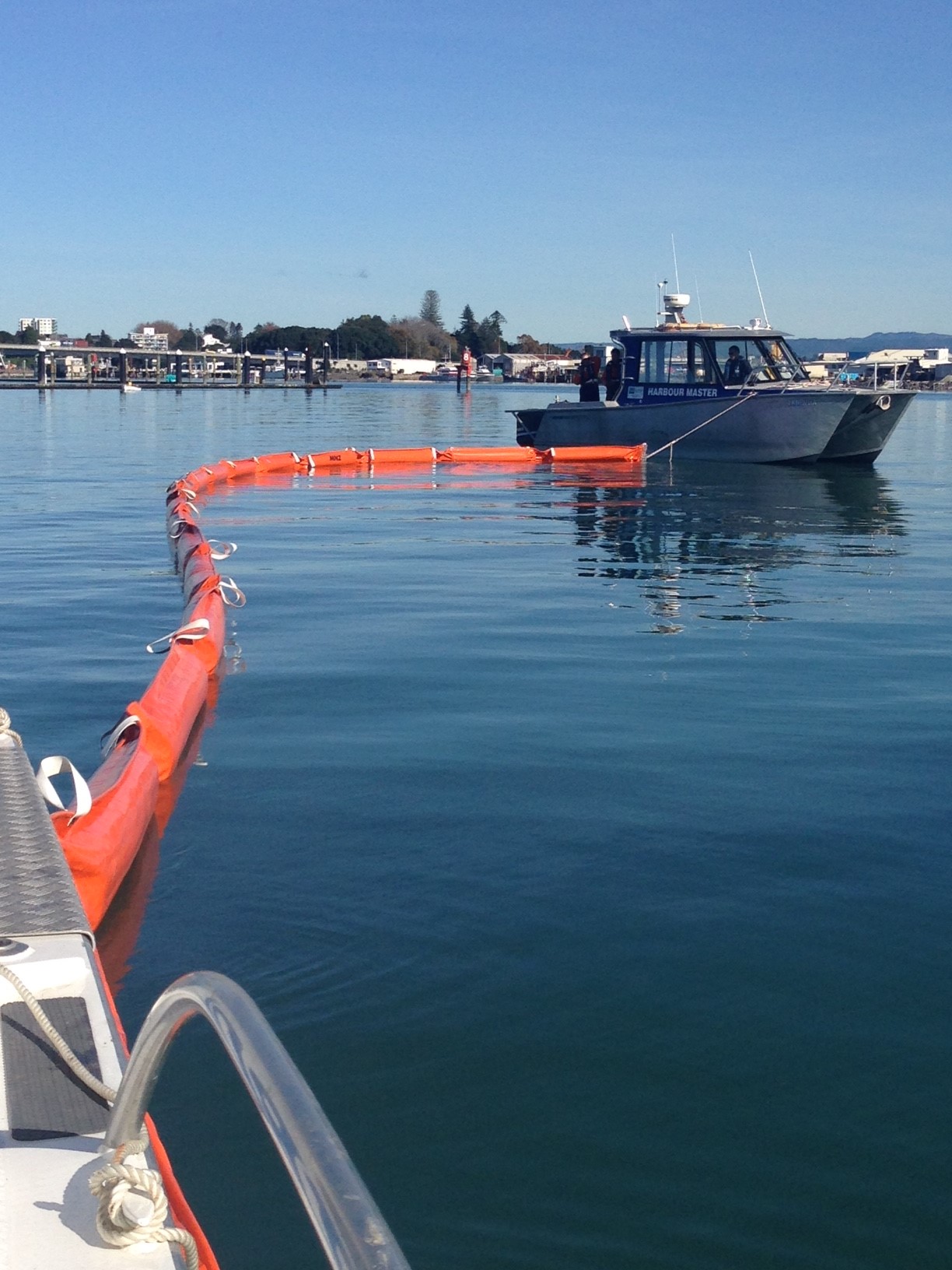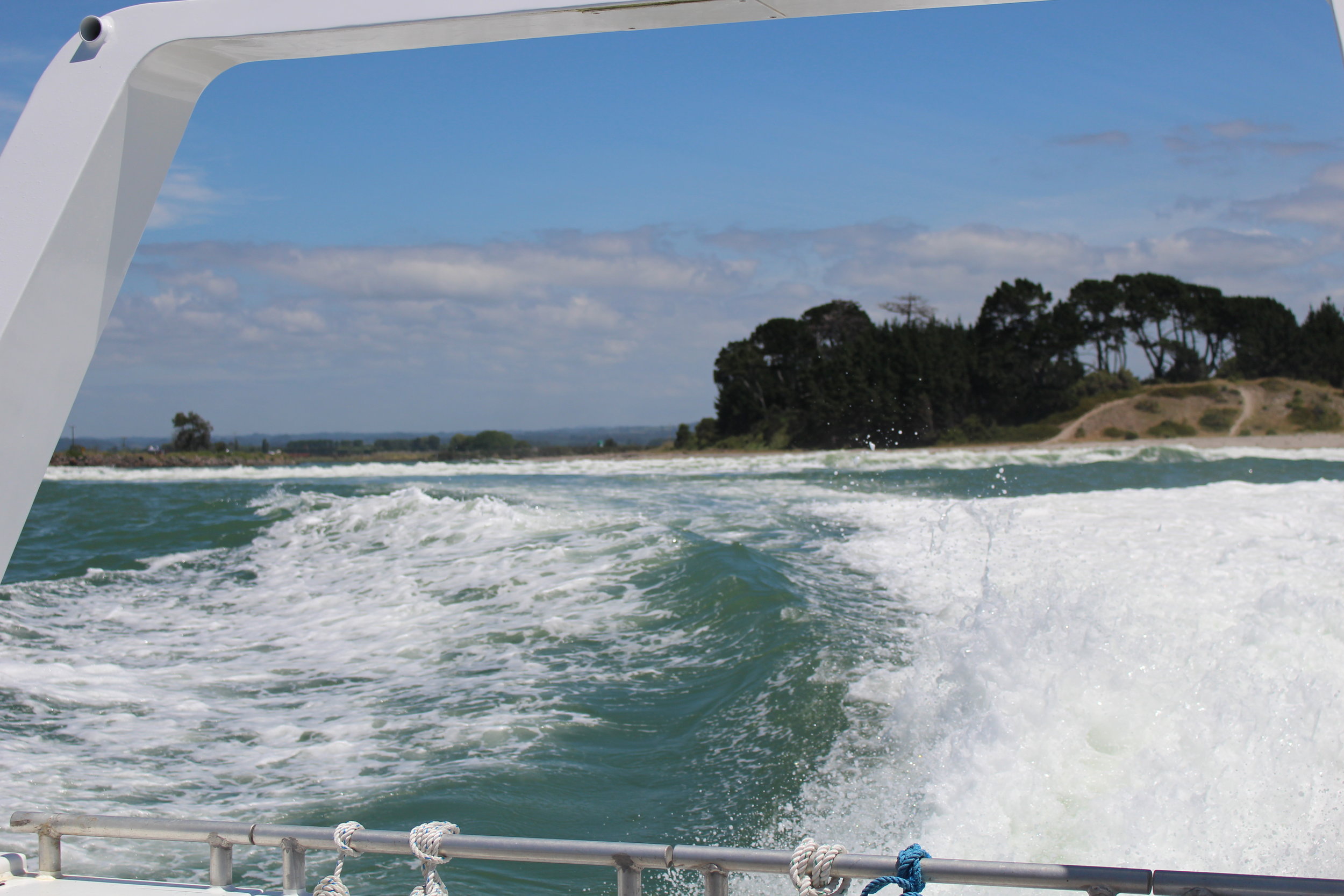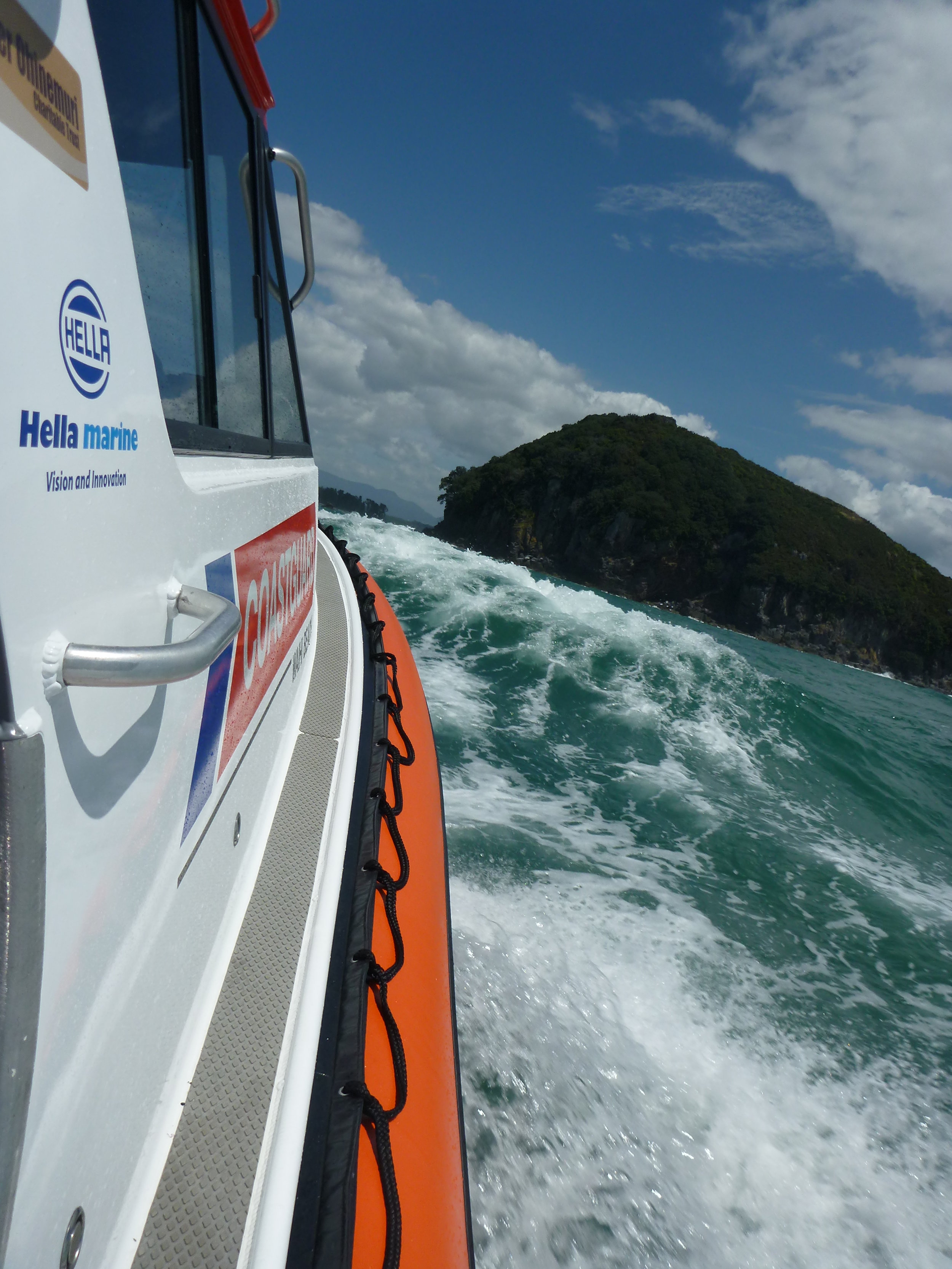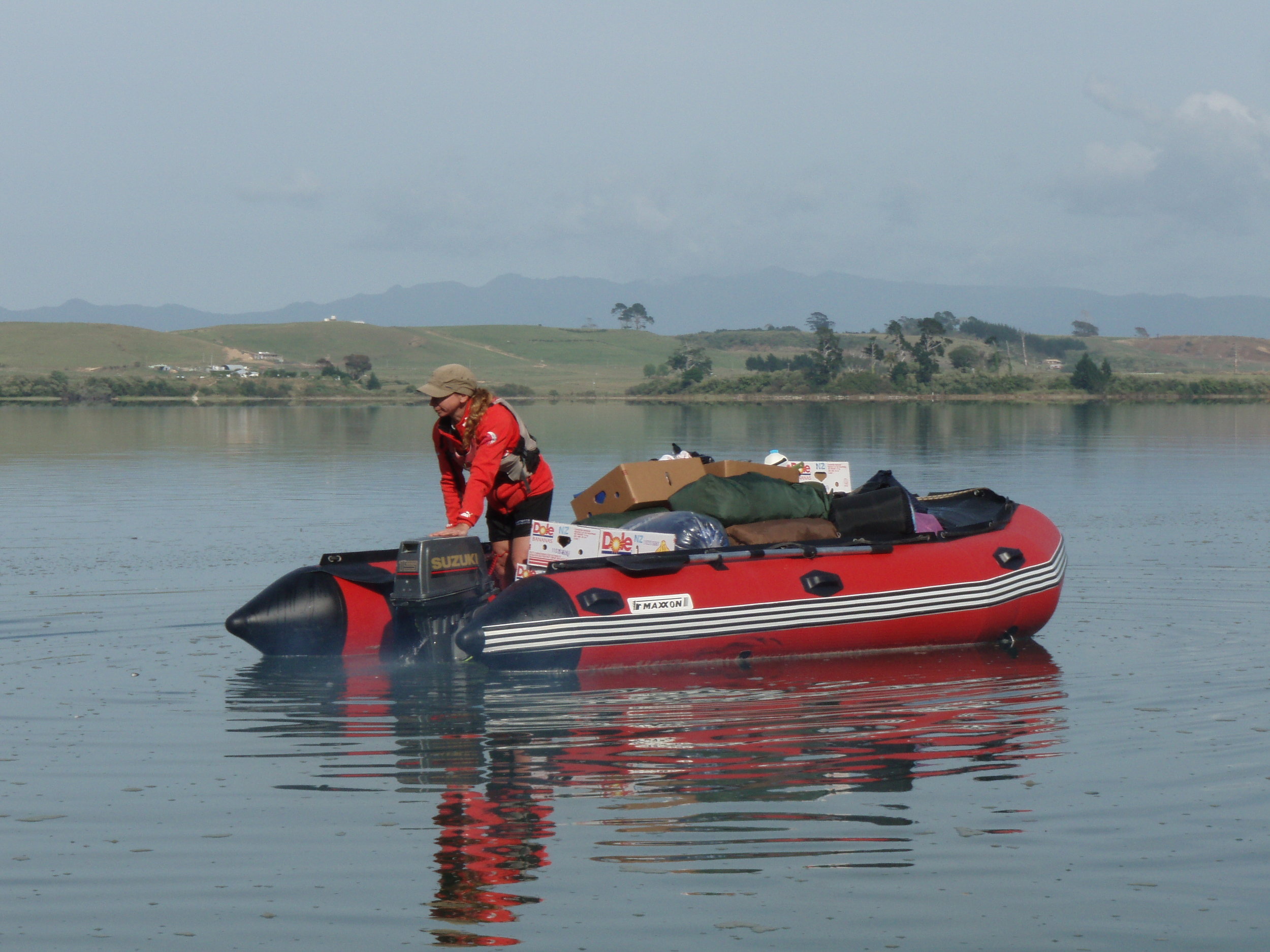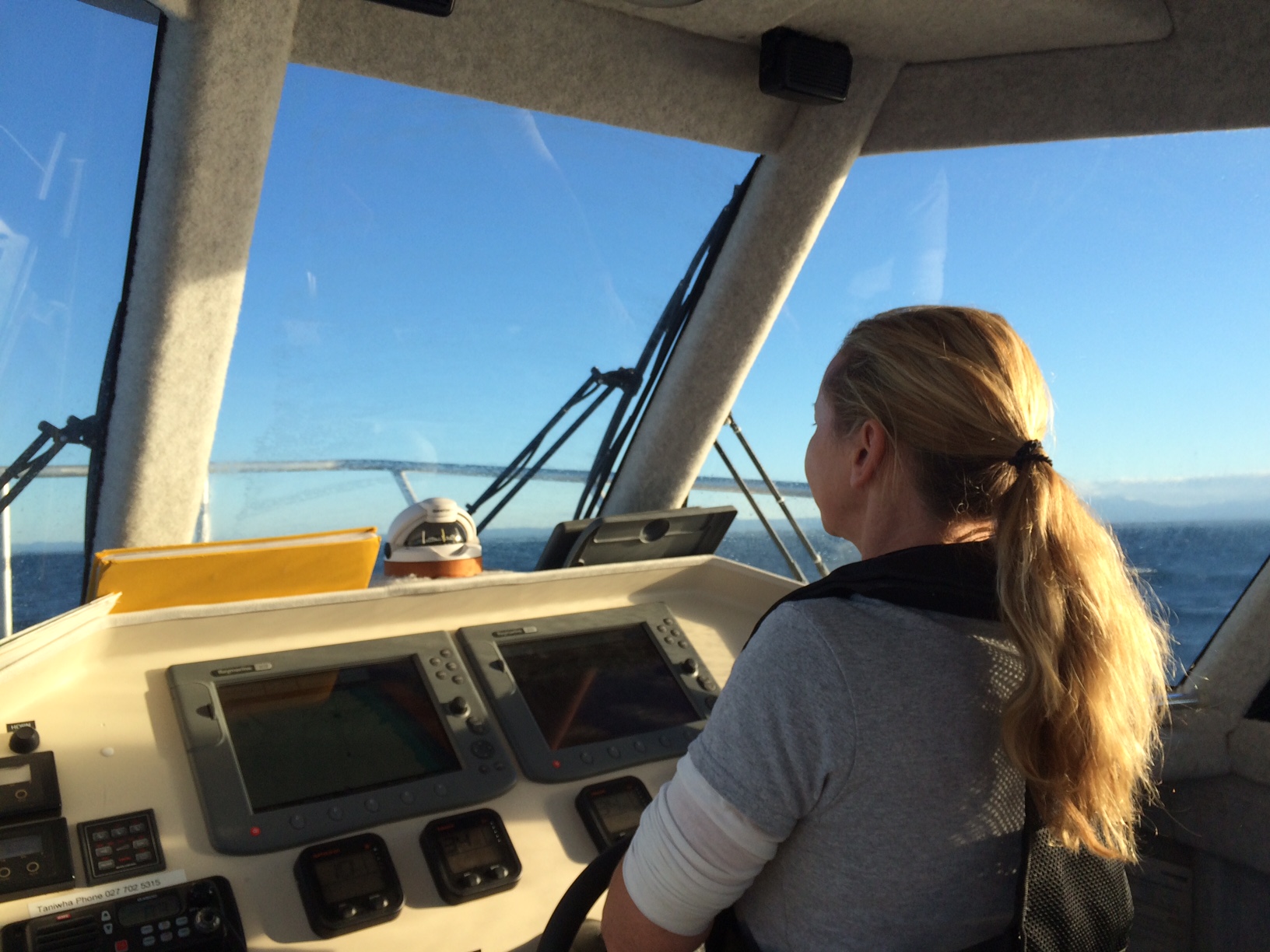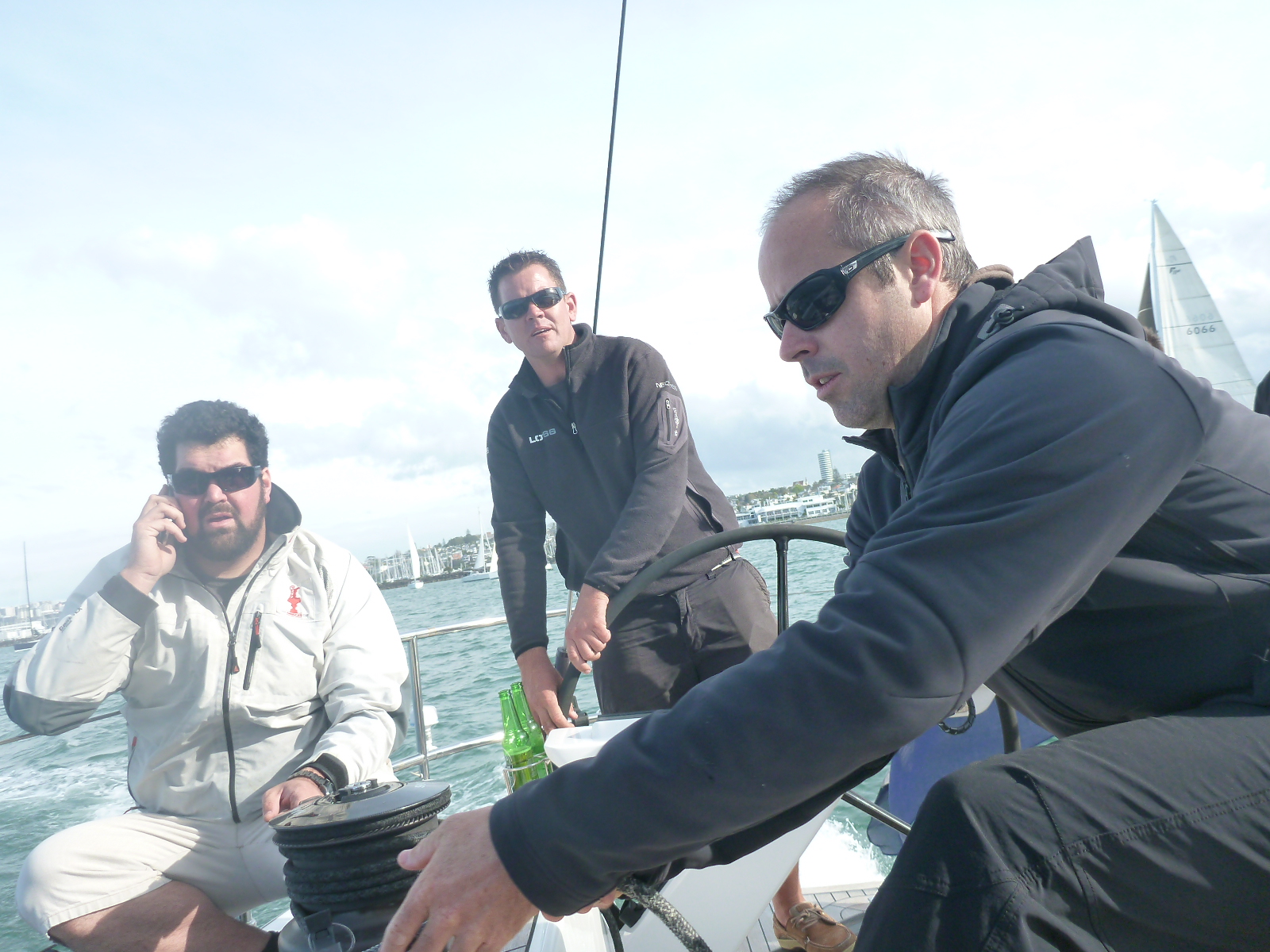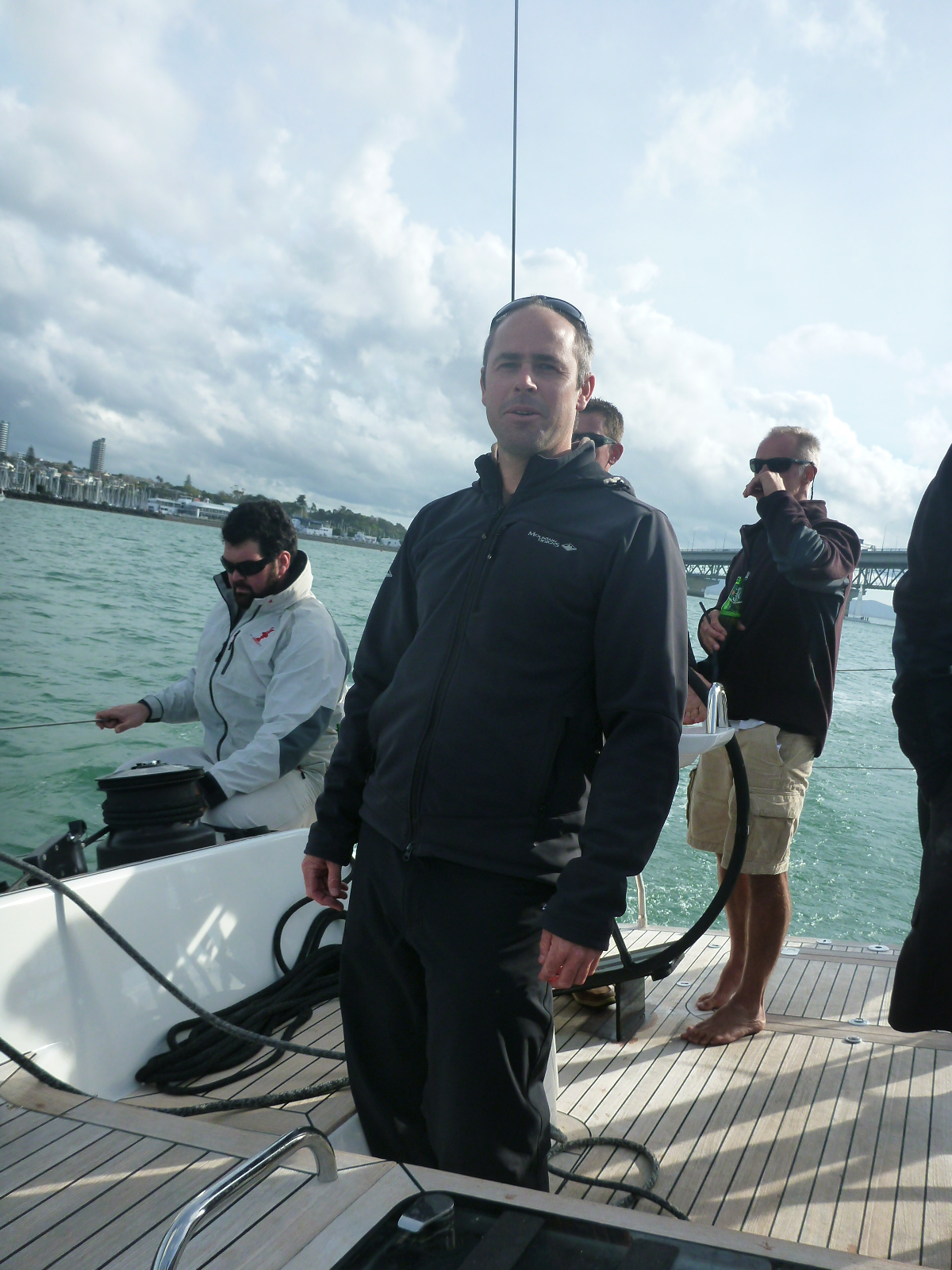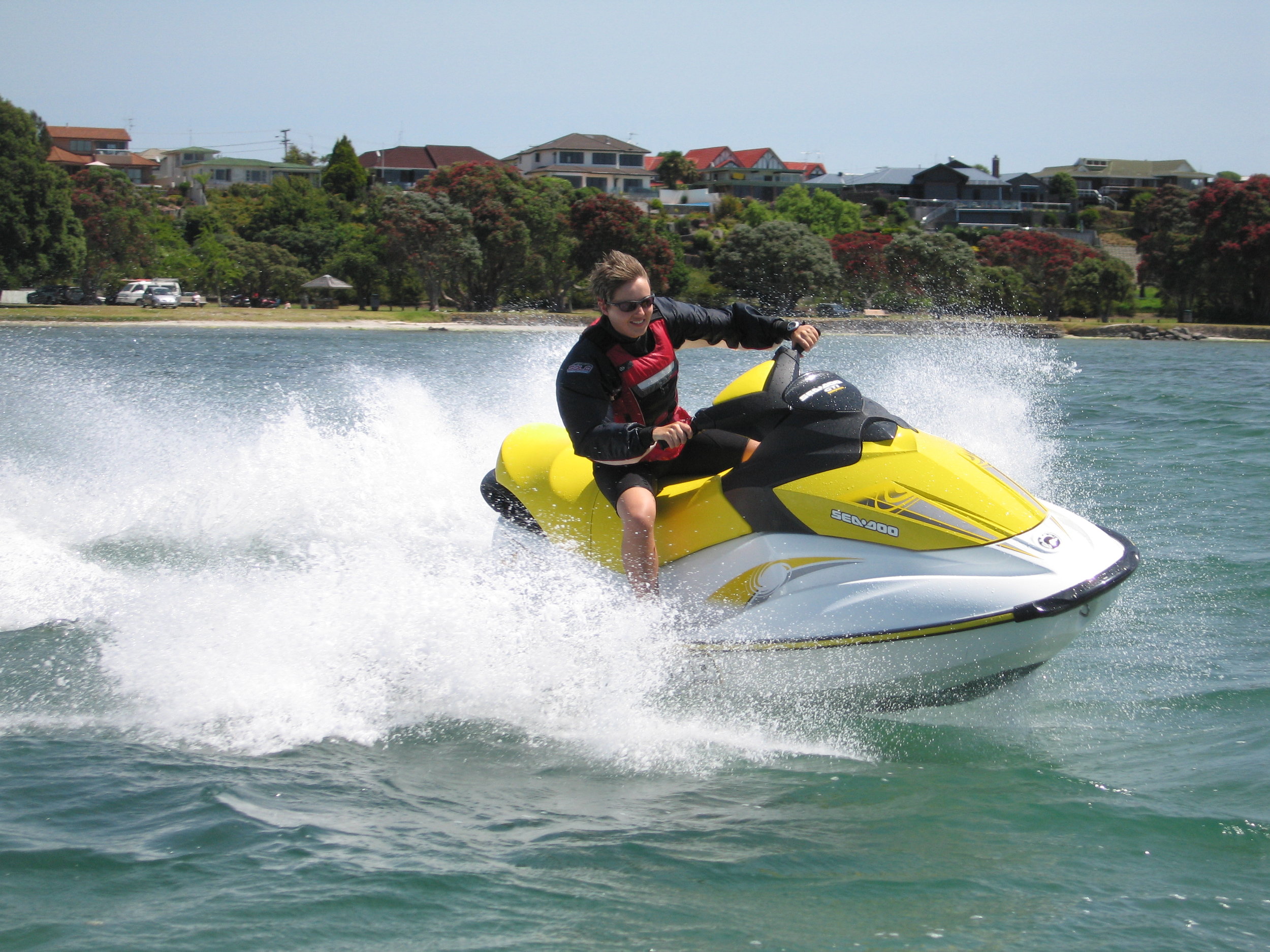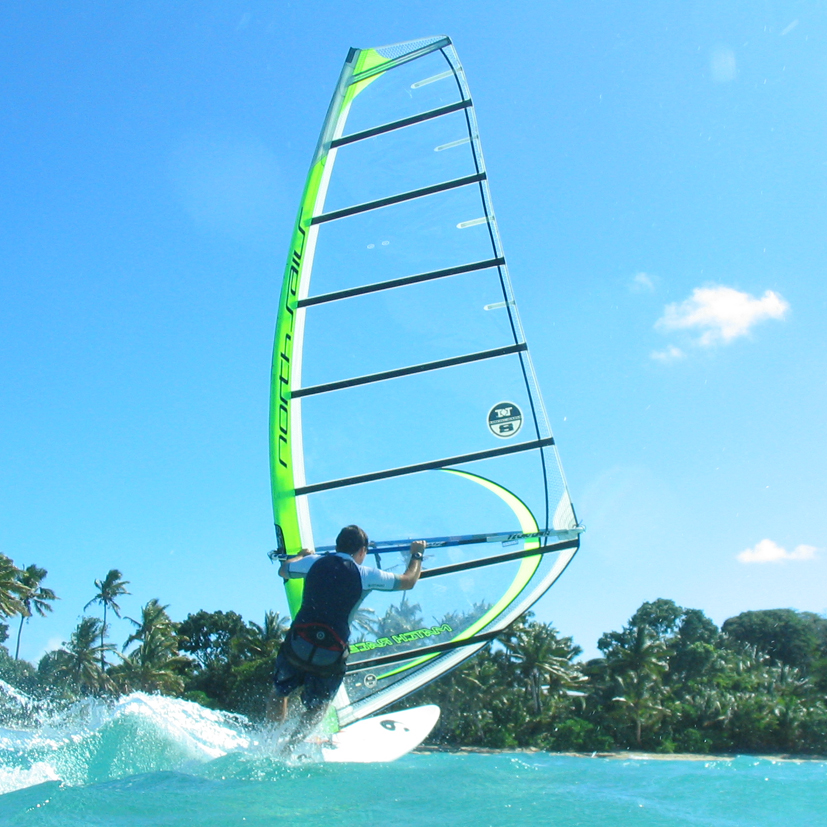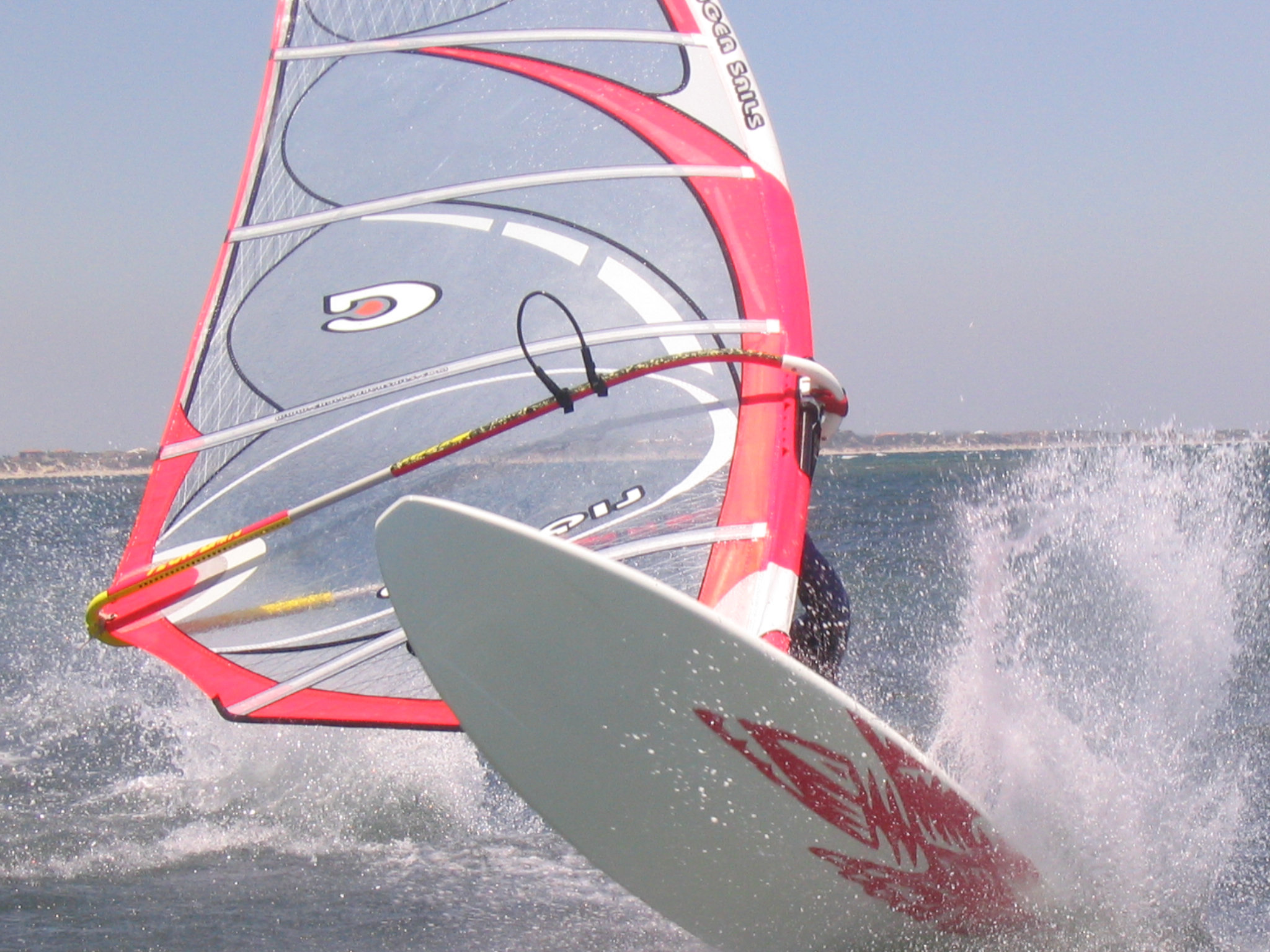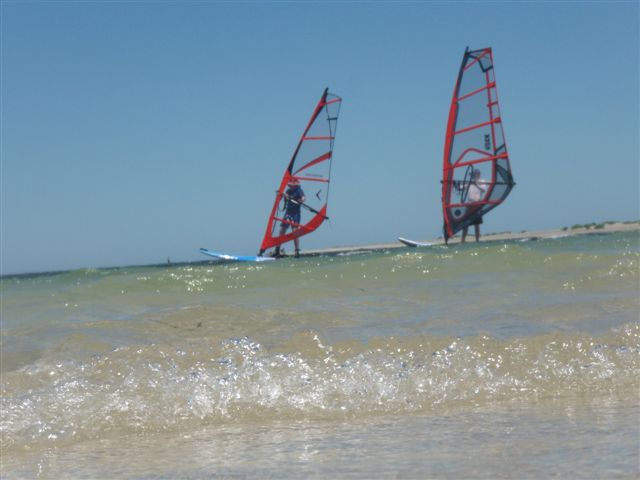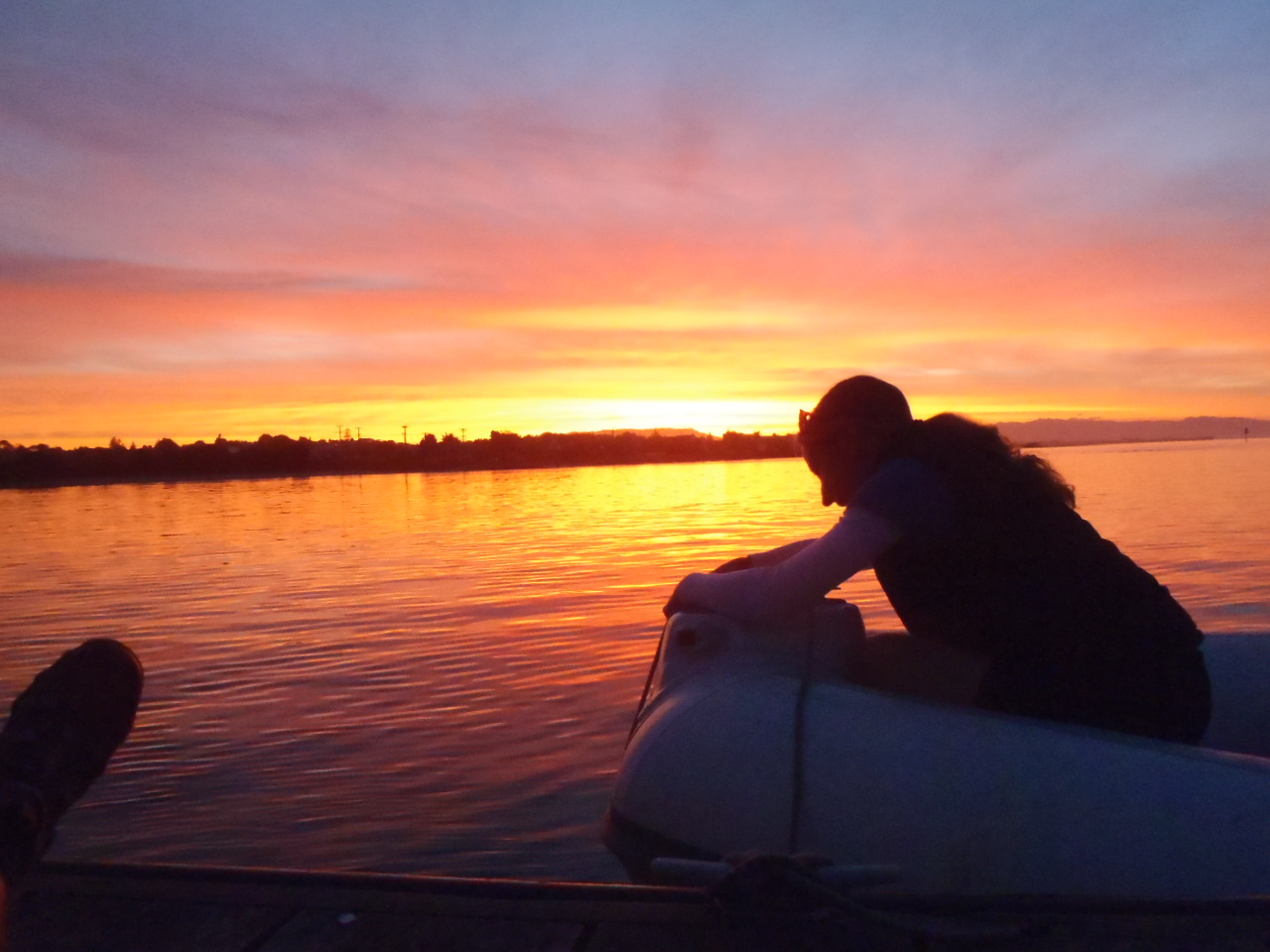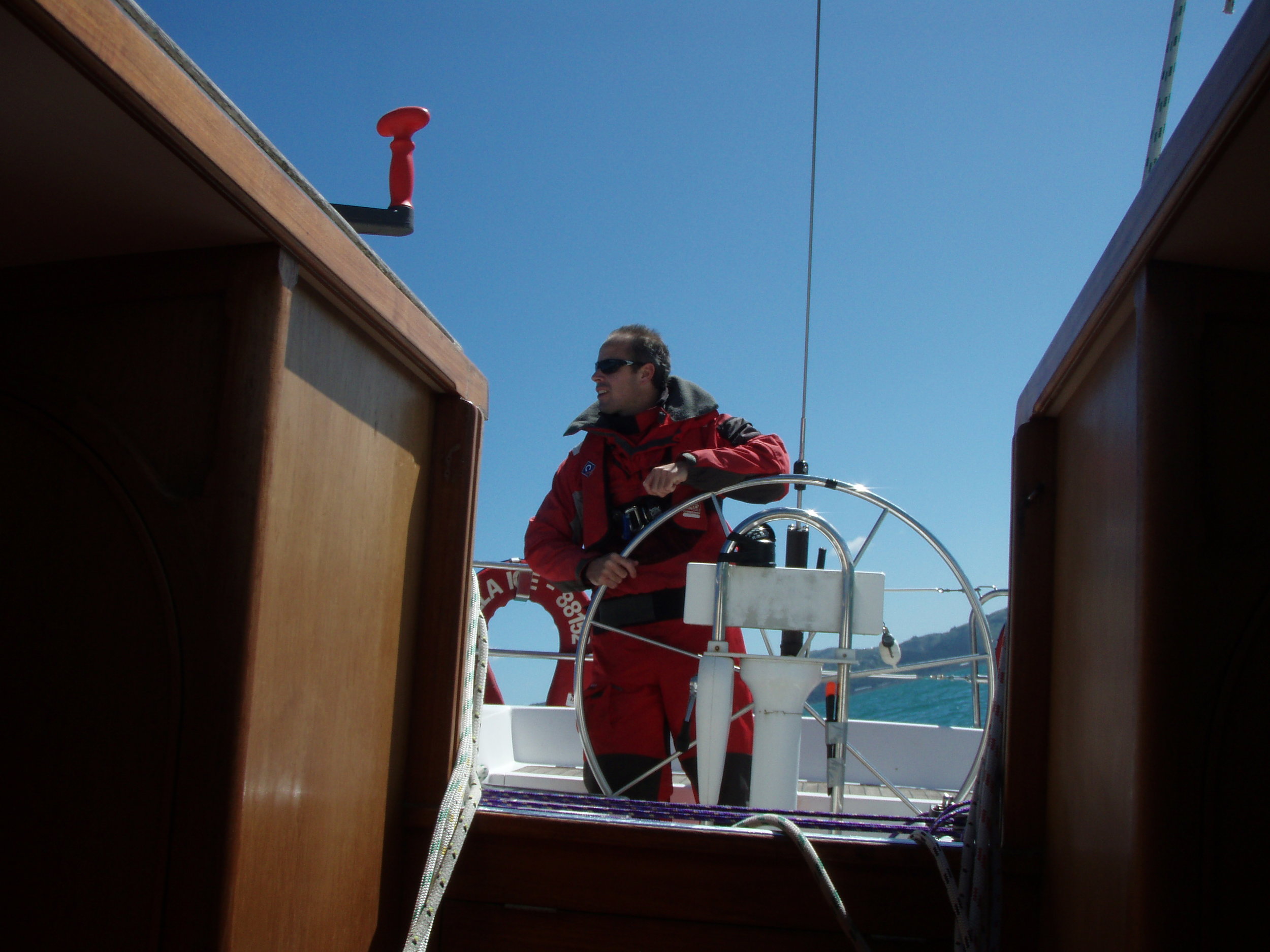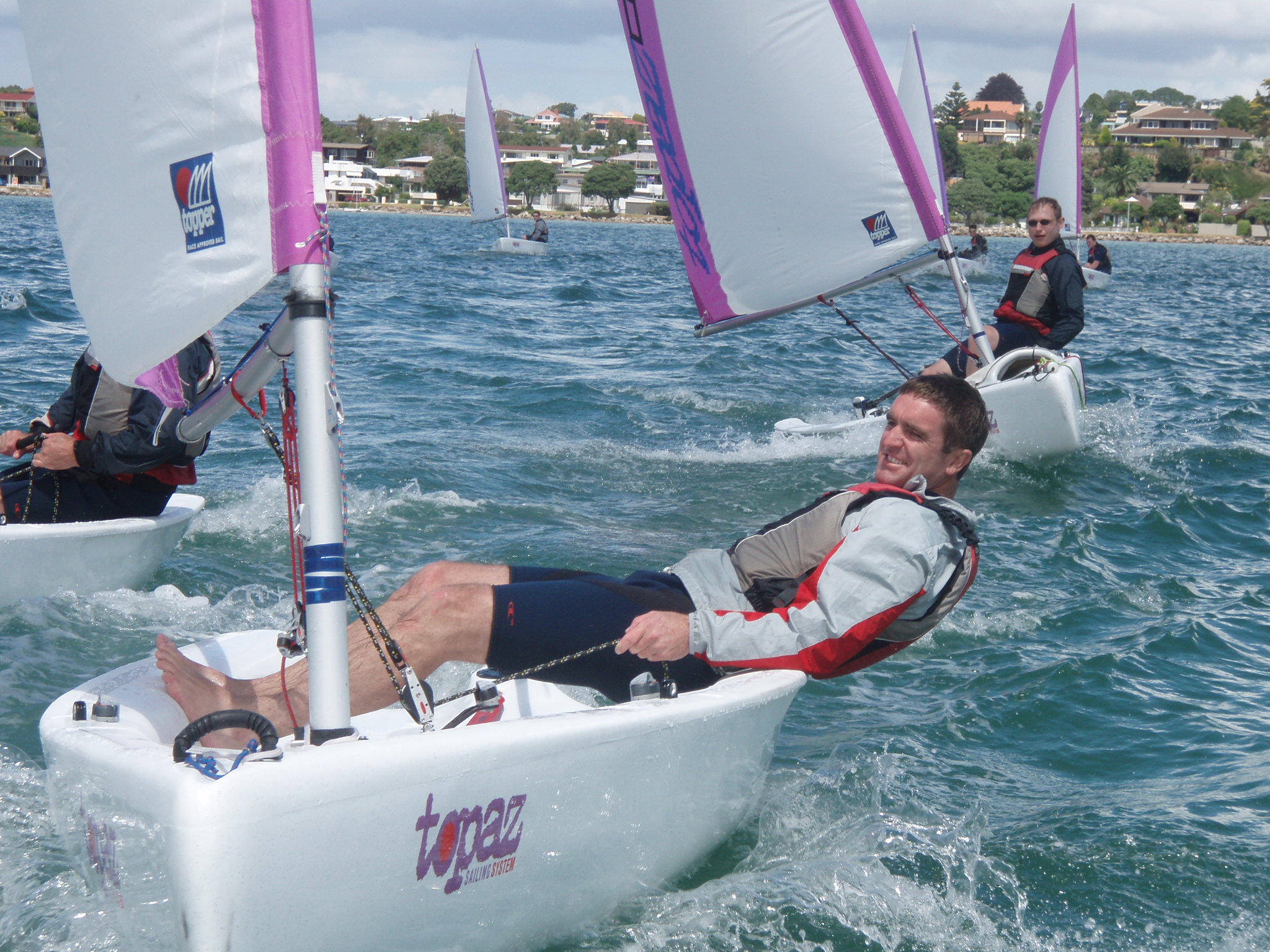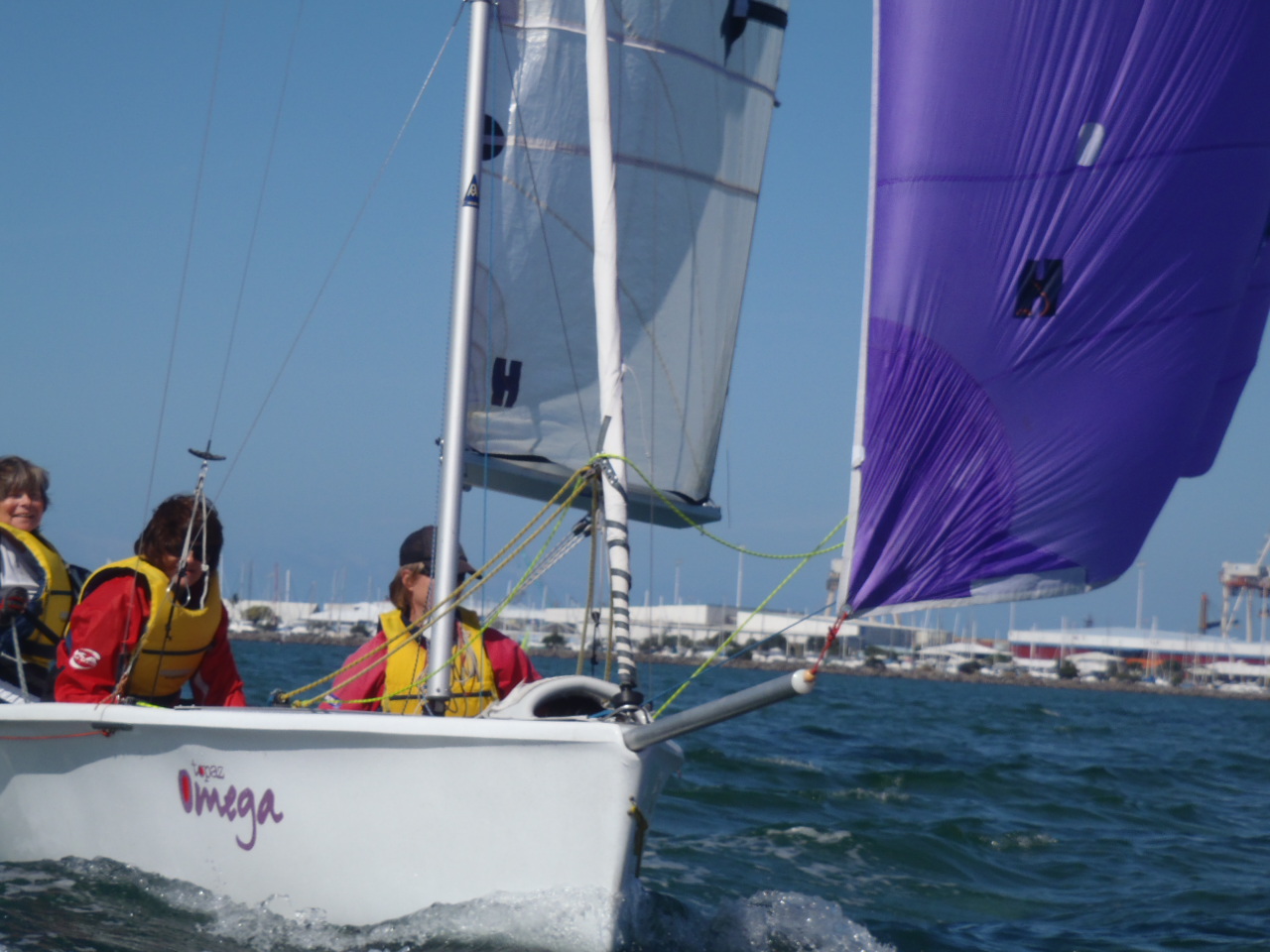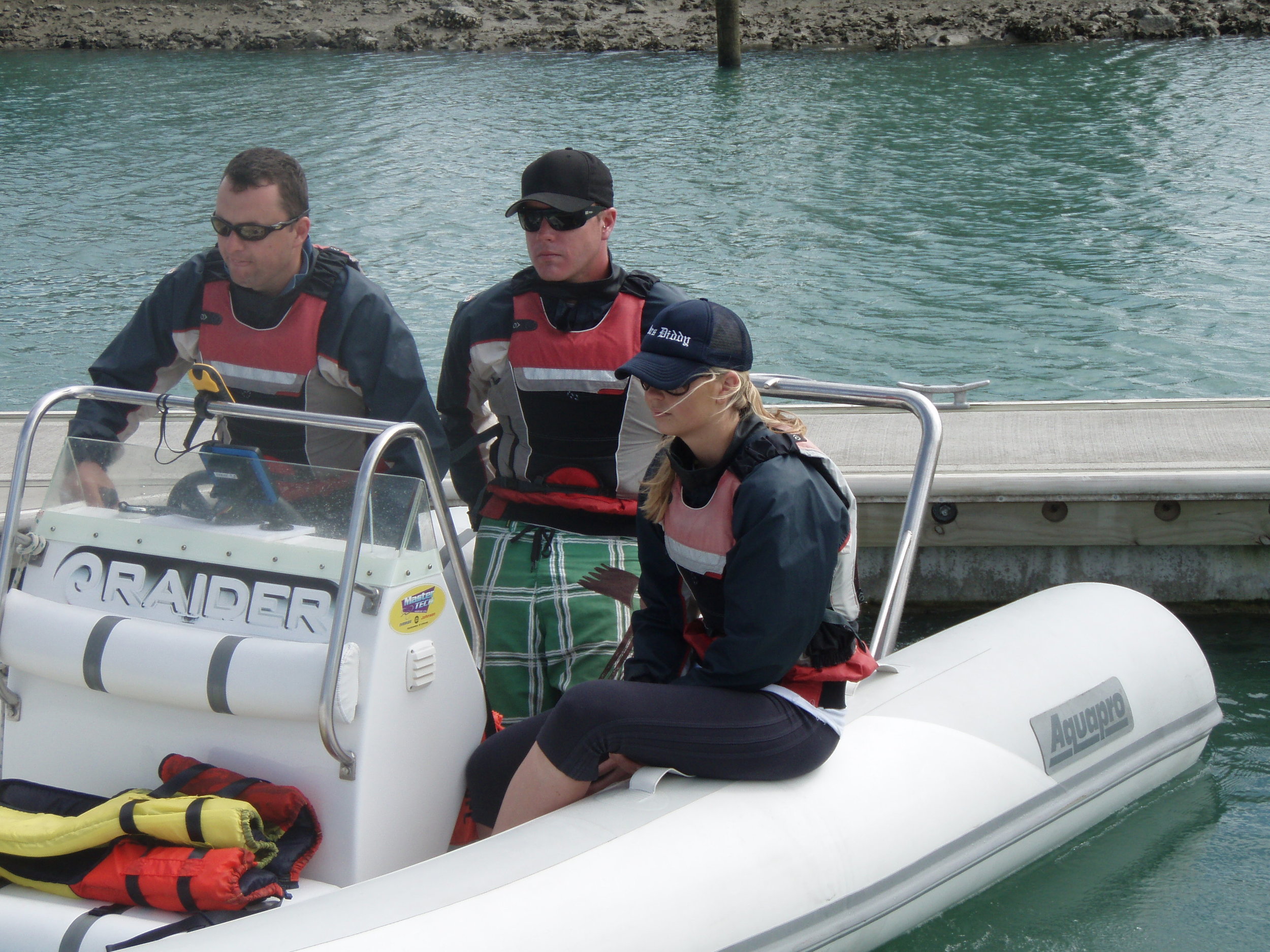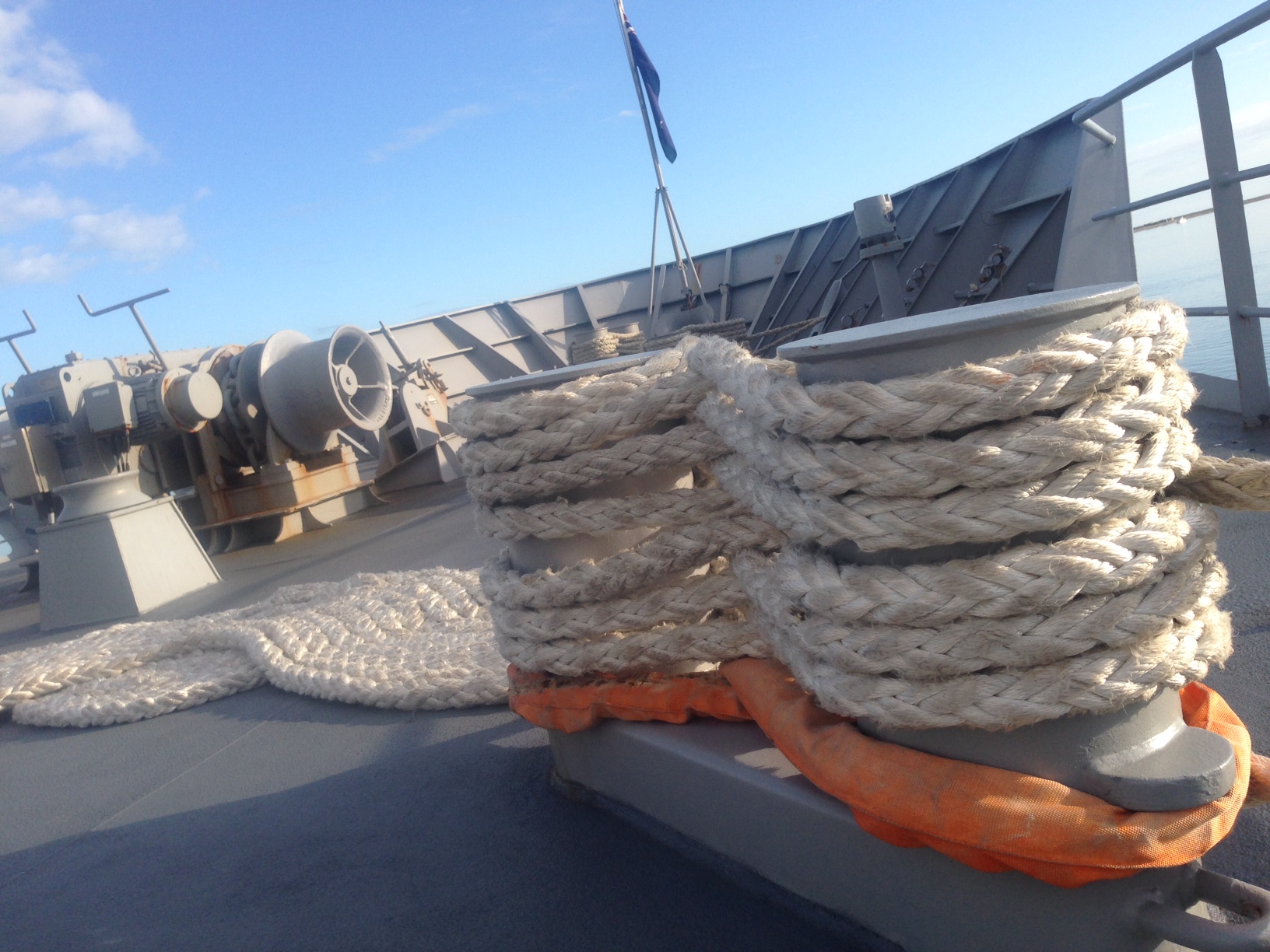Navigating the world of tablet sailing
With a world of choice available in terms of navigation applications, excellent portability, a touch screen, 10-hour battery life, email and internet access, and pricing favourable to other options, the iPad 2 – and non-Apple branded tablets, such as the Samsung with Android - appear to be a pretty good proposition for marine navigation.
But there are a few traps for rookie users, which we will hope to explain and unravel:
Importantly, there is debate over whether the iPad uses ‘assisted GPS’ – which is triangulation from cellphone towers to find a position – or ‘real’ GPS. The position is not clarified on the Apple website itself, but it seems that the iPad 2 Wifi + 3G does contain a true GPS receiver, and so long as you have a 3G model, you will be able to get a position fix from any location, regardless of whether there is cell phone coverage or not. However, the device will use cell phone towers to get a position quickly, until it can get a fix from satellites, which can be slow.
There is also confusion over whether the WiFi-only model has GPS capability. According to Apple, it doesn’t. For navigational purposes, you definitely need an iPad Wi-Fi + 3G model. The website says, “If you’re not within line of sight to GPS satellites, iPad Wi-Fi + 3G can determine your location using Wi-Fi. If your iPad is not in range of a Wi-Fi hotspot, it can determine its location using cellular towers.”
If you are in areas where there is no 3G coverage to hurry things along, the time to get a signal fix may be of concern. In this instance, you can invest in a separate GPS unit that plugs into the iPad or connects via Bluetooth, or you may be able to transmit data from your boat’s onboard GPS via WiFi. One such enabler is the iAIS from Digital Yacht, which will also give you access to all the ship’s data, and will also permit you to switch off the 3G at times when you are offshore and 3G roaming costs are prohibitively high.
The next important decision you’ll need to make is to select an Application that will do the jobs you want to do. There are more than 100 available for the purposes of navigation, ranging in price from free to NZ$54.99 for the Navionics version, which is billed as the world stop selling marine and lakes App. INavX is another option that integrates with your boat’s instruments. You will be impressed by the level of detail and functionality on offer, and browsing the Apple App Store and experimenting with different packages is the best way to find out what is going to work best for you.
iPads and other devices are not waterproof – but rugged, waterproof cases are available. Do some research and find one that will work for you. (For insurance, you may also want to keep the whole thing in a clear plastic ziplocked pouch). There are a wide range of suppliers of iPad mounts, at varying costs, and depending where you want to keep your iPad – remembering that the screen is reflective and difficult to see in bright daylight – so you’ll want to opt for a shady but convenient spot, and experiment with screen settings on bright days
You might also consider investing in a stylus (pen) which will save your iPad from wet fingers and smudges. Water is not a friend to the iPad – they are sensitive to water damage (and probably won’t be under warranty if this occurs), and a boat interior is a humid, salty environment. This means that a water proof radio and GPS which runs on battery power, will be an essential back up to your iPad, as well as paper charts. Another tip from experienced iPad users is to turn off the cellular reception when you know you are out of range, to prevent the device from searching for networks and chewing through its battery power. Piggybacking off your boat’s GPS data will also extend battery life
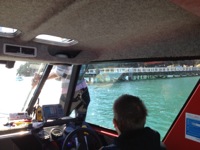
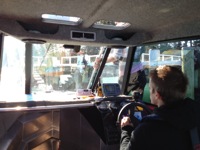
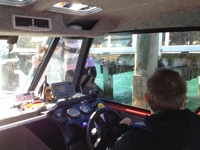 Here a student on today's RYA level2 powerboat course comes nicely alongside a jetty in Tauranga Harbour.
The key things are to approach into the wind/ tide at an angle of 45 degrees. This way you can aim nicely and use the elements as a natural brake. To finish goto the opposite steering lock and use a few moments of reverse to stop the boat as well as pull the back in the last little bit.
The result is a slick tidy coming along side which makes it easy for driver or crew to tie the boat up.
If you want to learn how to go boating with confidence, no shouting or frayed tempers, zero damage and maximum full efficiency then give us a call and enjoy a course with us in Tauranga, Auckland or your backyard.
We can also make it easy to do your VHF certificate so that if the worst happens you can use the radio to best effect and get the help you need.
Here a student on today's RYA level2 powerboat course comes nicely alongside a jetty in Tauranga Harbour.
The key things are to approach into the wind/ tide at an angle of 45 degrees. This way you can aim nicely and use the elements as a natural brake. To finish goto the opposite steering lock and use a few moments of reverse to stop the boat as well as pull the back in the last little bit.
The result is a slick tidy coming along side which makes it easy for driver or crew to tie the boat up.
If you want to learn how to go boating with confidence, no shouting or frayed tempers, zero damage and maximum full efficiency then give us a call and enjoy a course with us in Tauranga, Auckland or your backyard.
We can also make it easy to do your VHF certificate so that if the worst happens you can use the radio to best effect and get the help you need.
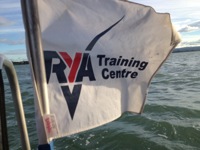
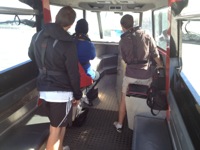
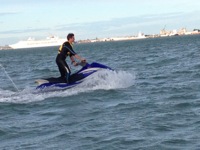
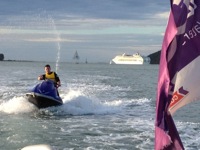 Heading overseas to work in the Superyacht industry? If you are and don't have the essential practical boat quals or MROC licence then give us a call to find out how we package these together to save you both time and money making those last few weeks or days in NZ less rushed!
Heading overseas to work in the Superyacht industry? If you are and don't have the essential practical boat quals or MROC licence then give us a call to find out how we package these together to save you both time and money making those last few weeks or days in NZ less rushed!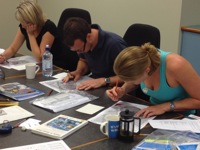
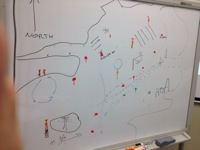 Everyone learns, absorbs and remembers new info in different ways. We pride ourselves in keeping groups small and with a similar focus so that not just the session length and times suit but so does the content and style of tuition.
Here Boatmaster students go over an exercise created to suit them personally .
Creating your own imaginary Harbour is a great way to anticipate what navigation markets are coming up and why.
Everyone learns, absorbs and remembers new info in different ways. We pride ourselves in keeping groups small and with a similar focus so that not just the session length and times suit but so does the content and style of tuition.
Here Boatmaster students go over an exercise created to suit them personally .
Creating your own imaginary Harbour is a great way to anticipate what navigation markets are coming up and why.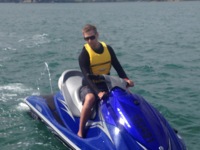
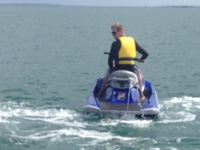
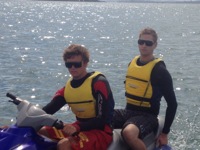 Up skill your super yacht crew with tailored powerboat or Jetski courses from proficiency to instructor training.
The next step for today's students is super yacht work in the northern hemisphere, becoming RYA Jetski instructors or gaining yachtmaster ocean will make them highly sought after.
Up skill your super yacht crew with tailored powerboat or Jetski courses from proficiency to instructor training.
The next step for today's students is super yacht work in the northern hemisphere, becoming RYA Jetski instructors or gaining yachtmaster ocean will make them highly sought after.
